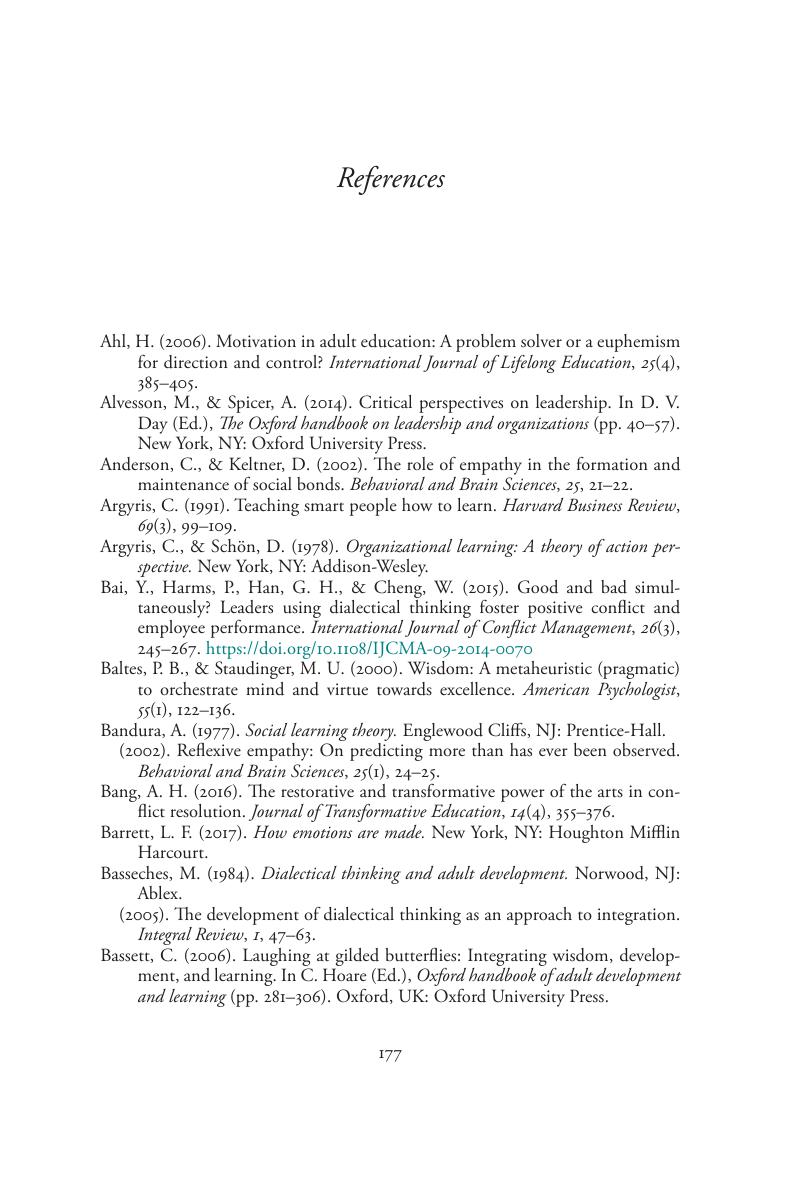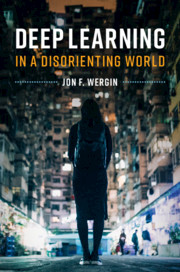Book contents
- Deep Learning in a Disorienting World
- Deep Learning in a Disorienting World
- Copyright page
- Contents
- Figures
- Preface
- Acknowledgments
- Chapter 1 Why Deep Learning Is So Important … and So Hard
- Chapter 2 How We Learn
- Chapter 3 Mindful Learning
- Chapter 4 Constructive Disorientation
- Chapter 5 Critical Reflection
- Chapter 6 The Importance of Others
- Chapter 7 The Influence of Politics on Deep Learning
- Chapter 8 Constructive Disorientation Through the Arts
- Chapter 9 The Art of Maintaining Essential Tensions
- Chapter 10 Cultivating a Deep Learning Mindset
- References
- Index
- References
References
Published online by Cambridge University Press: 29 November 2019
- Deep Learning in a Disorienting World
- Deep Learning in a Disorienting World
- Copyright page
- Contents
- Figures
- Preface
- Acknowledgments
- Chapter 1 Why Deep Learning Is So Important … and So Hard
- Chapter 2 How We Learn
- Chapter 3 Mindful Learning
- Chapter 4 Constructive Disorientation
- Chapter 5 Critical Reflection
- Chapter 6 The Importance of Others
- Chapter 7 The Influence of Politics on Deep Learning
- Chapter 8 Constructive Disorientation Through the Arts
- Chapter 9 The Art of Maintaining Essential Tensions
- Chapter 10 Cultivating a Deep Learning Mindset
- References
- Index
- References
Summary

- Type
- Chapter
- Information
- Deep Learning in a Disorienting World , pp. 177 - 192Publisher: Cambridge University PressPrint publication year: 2019



